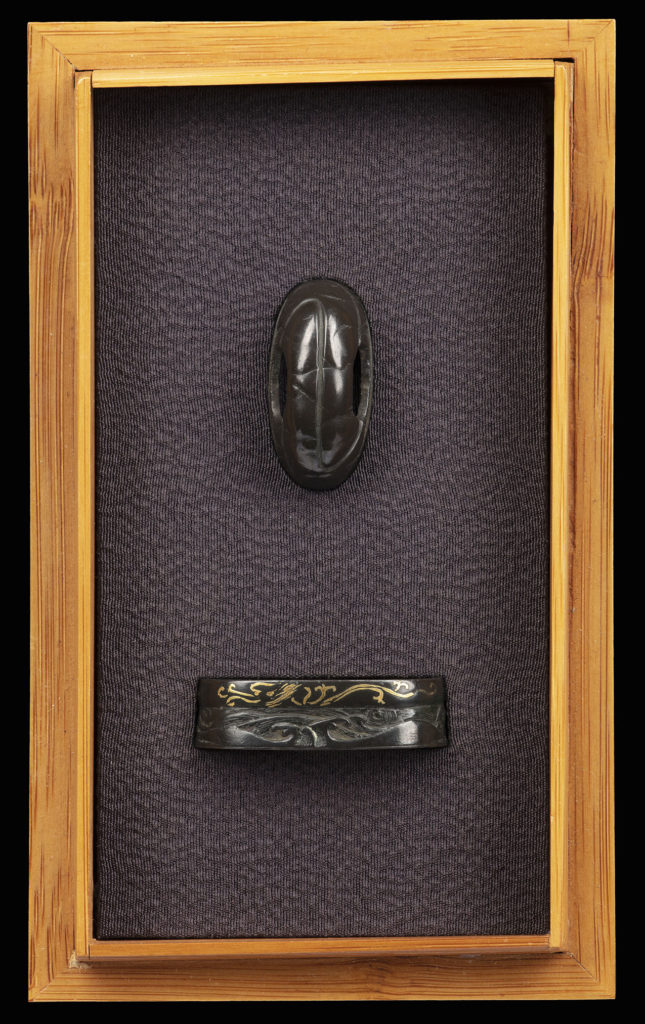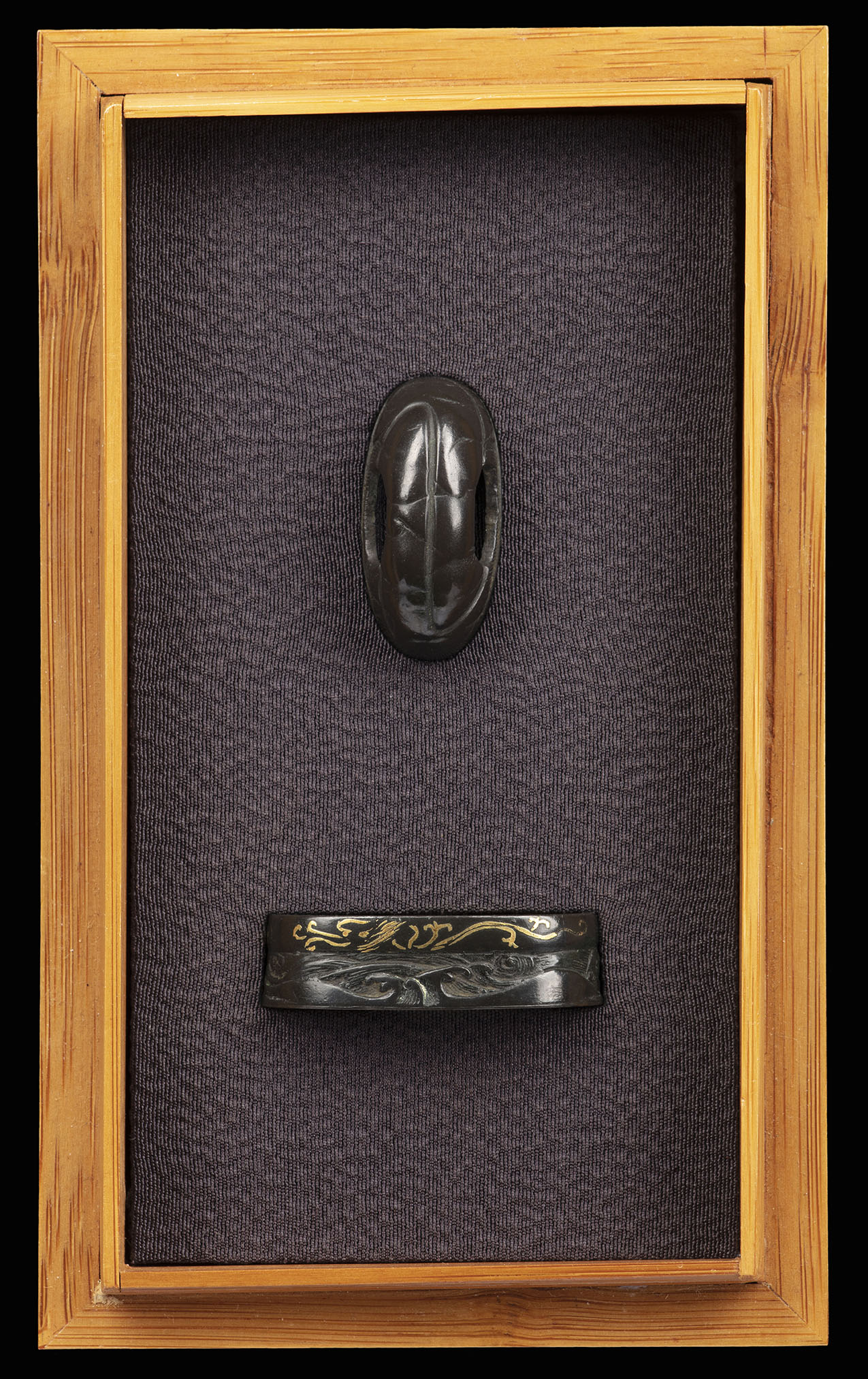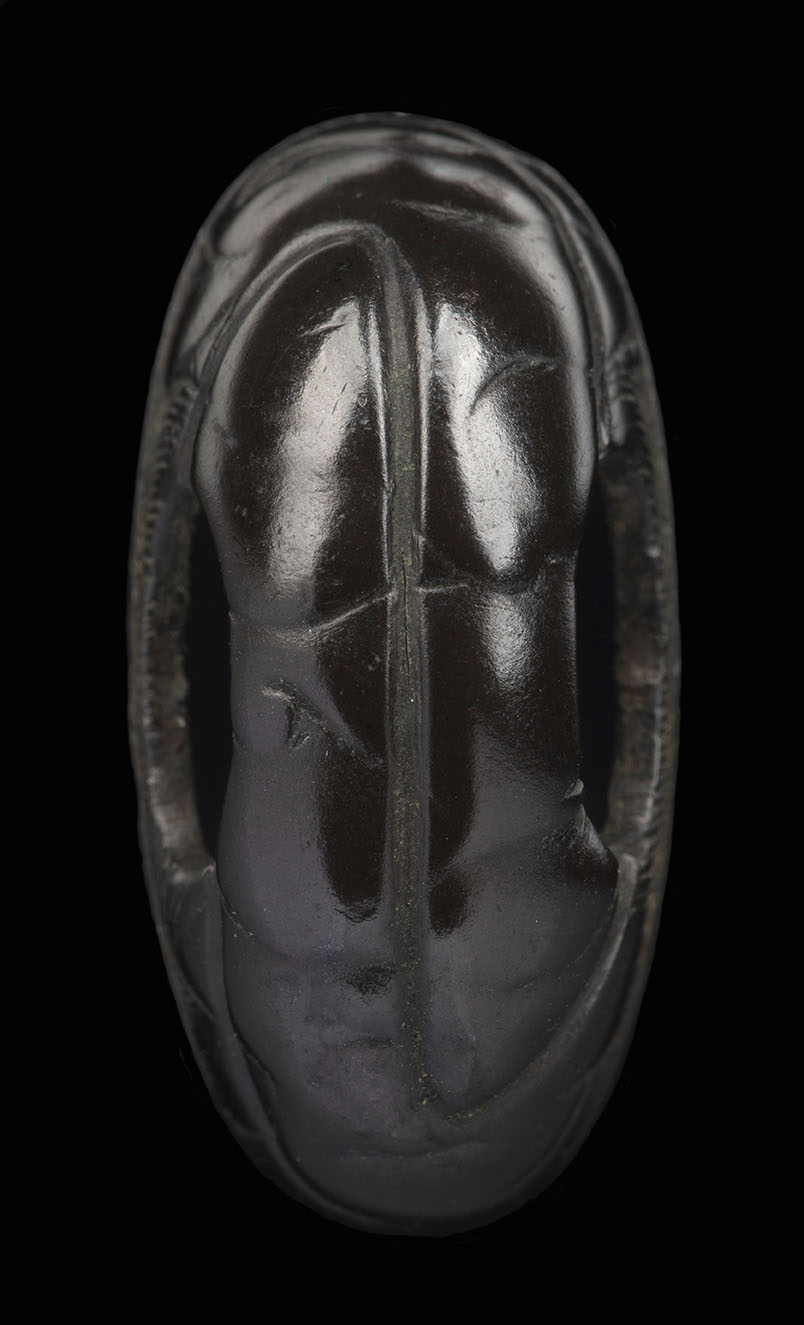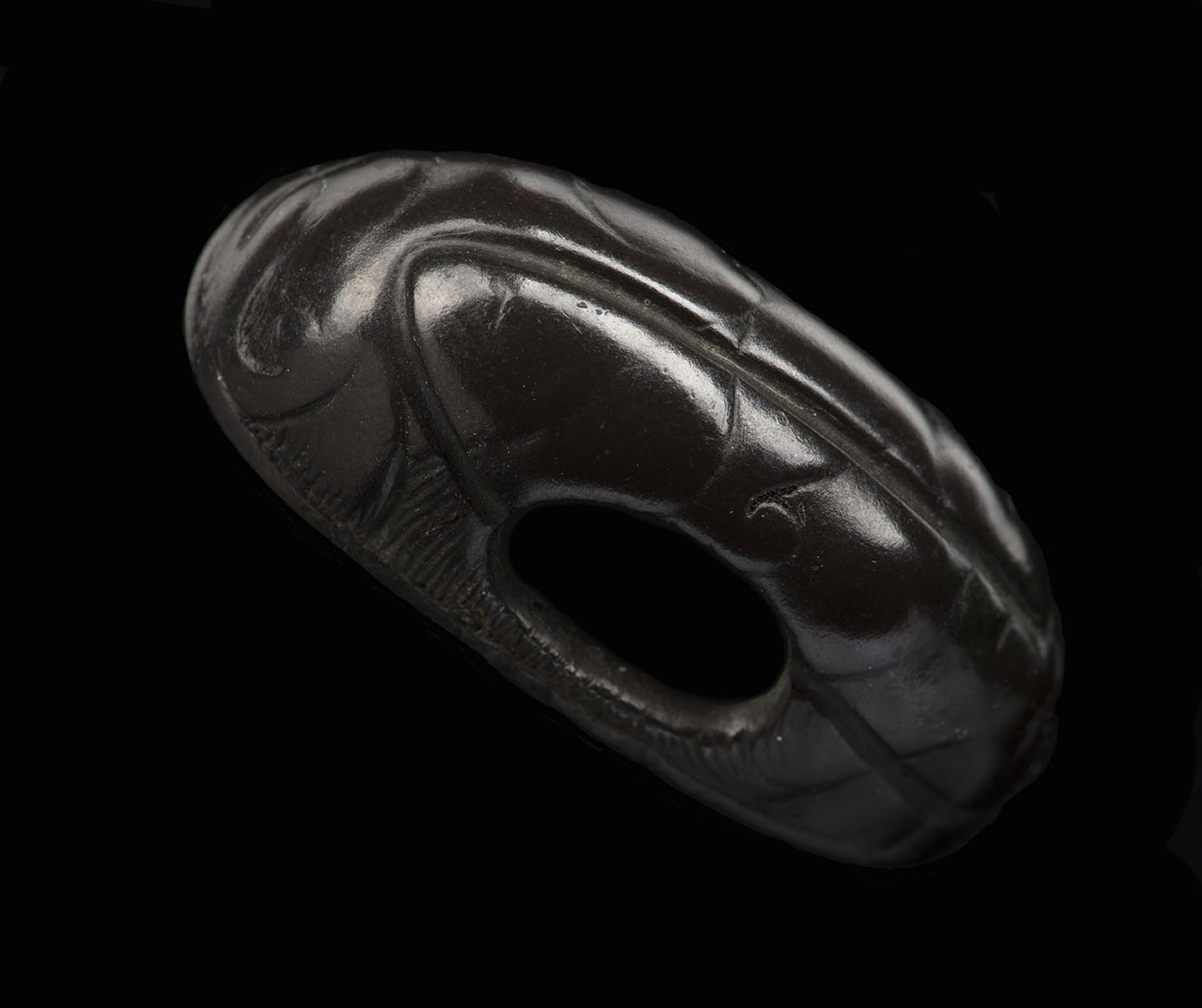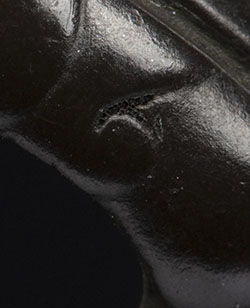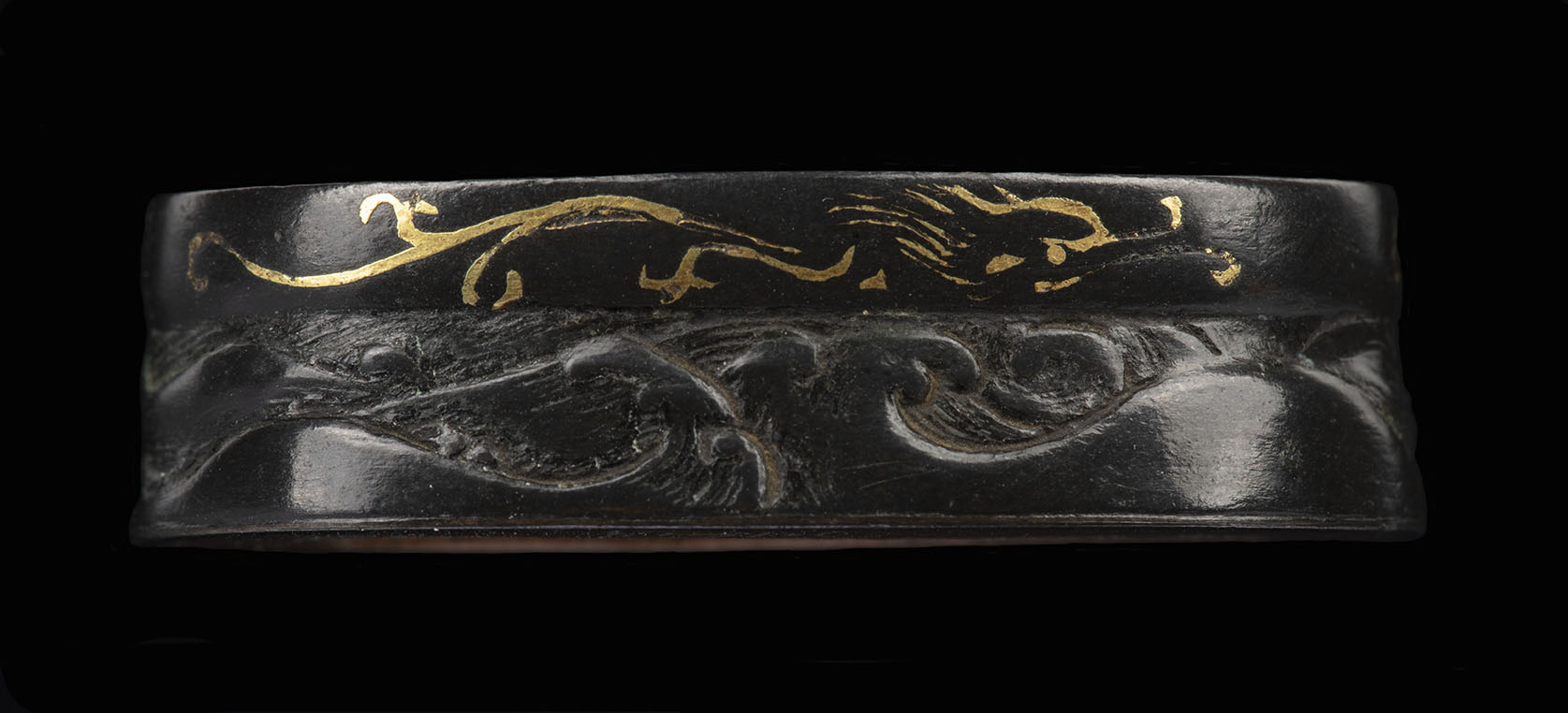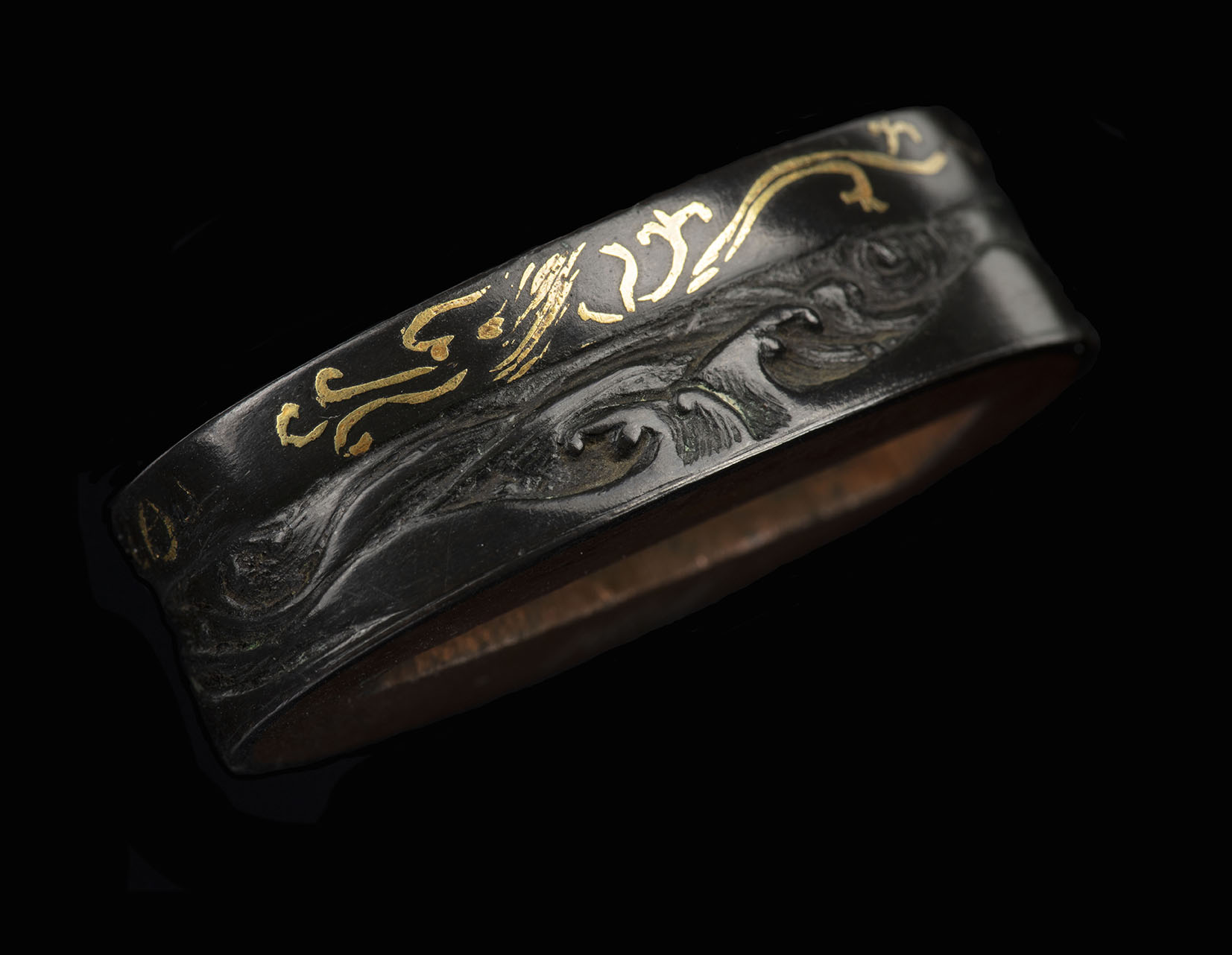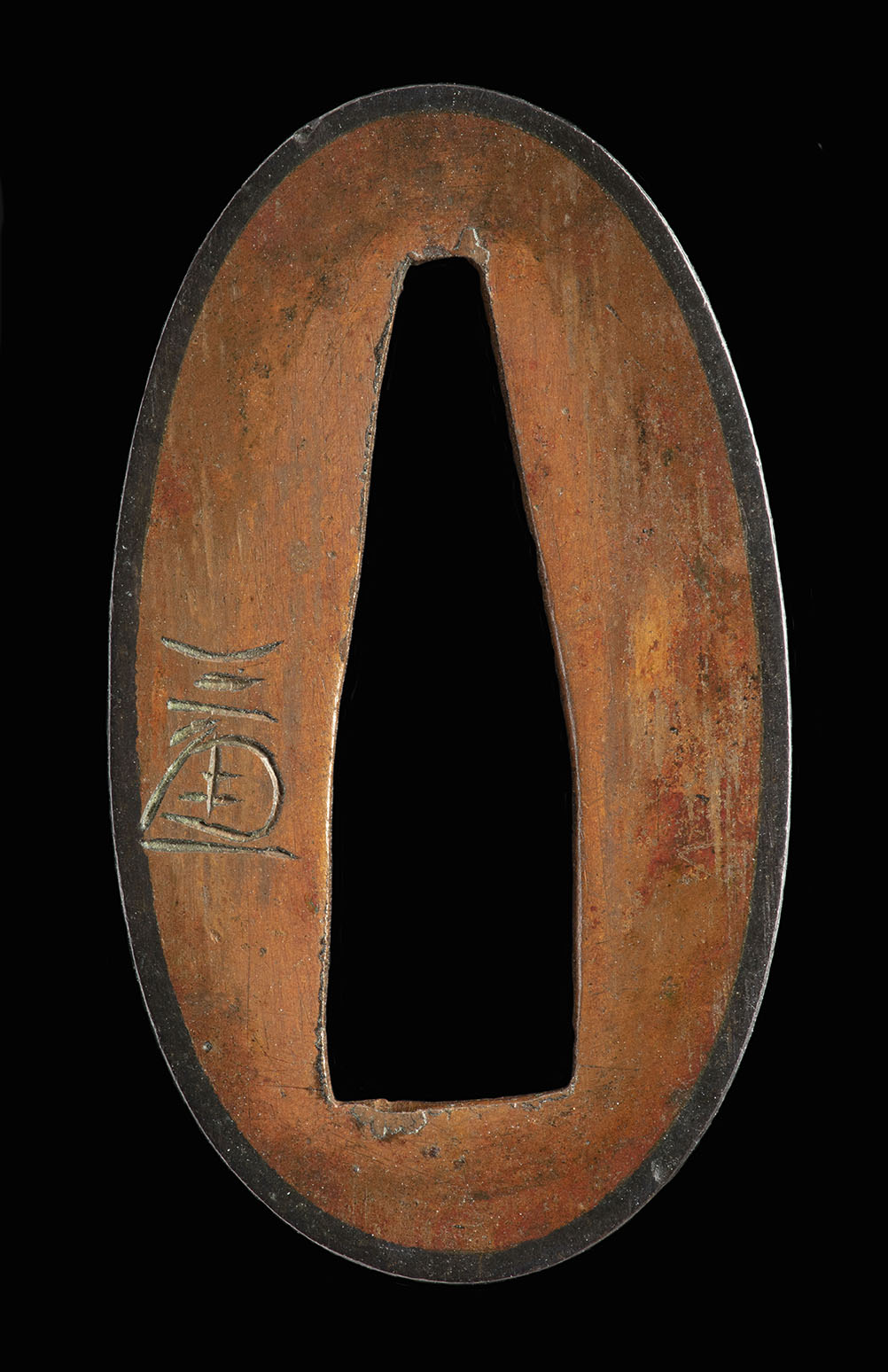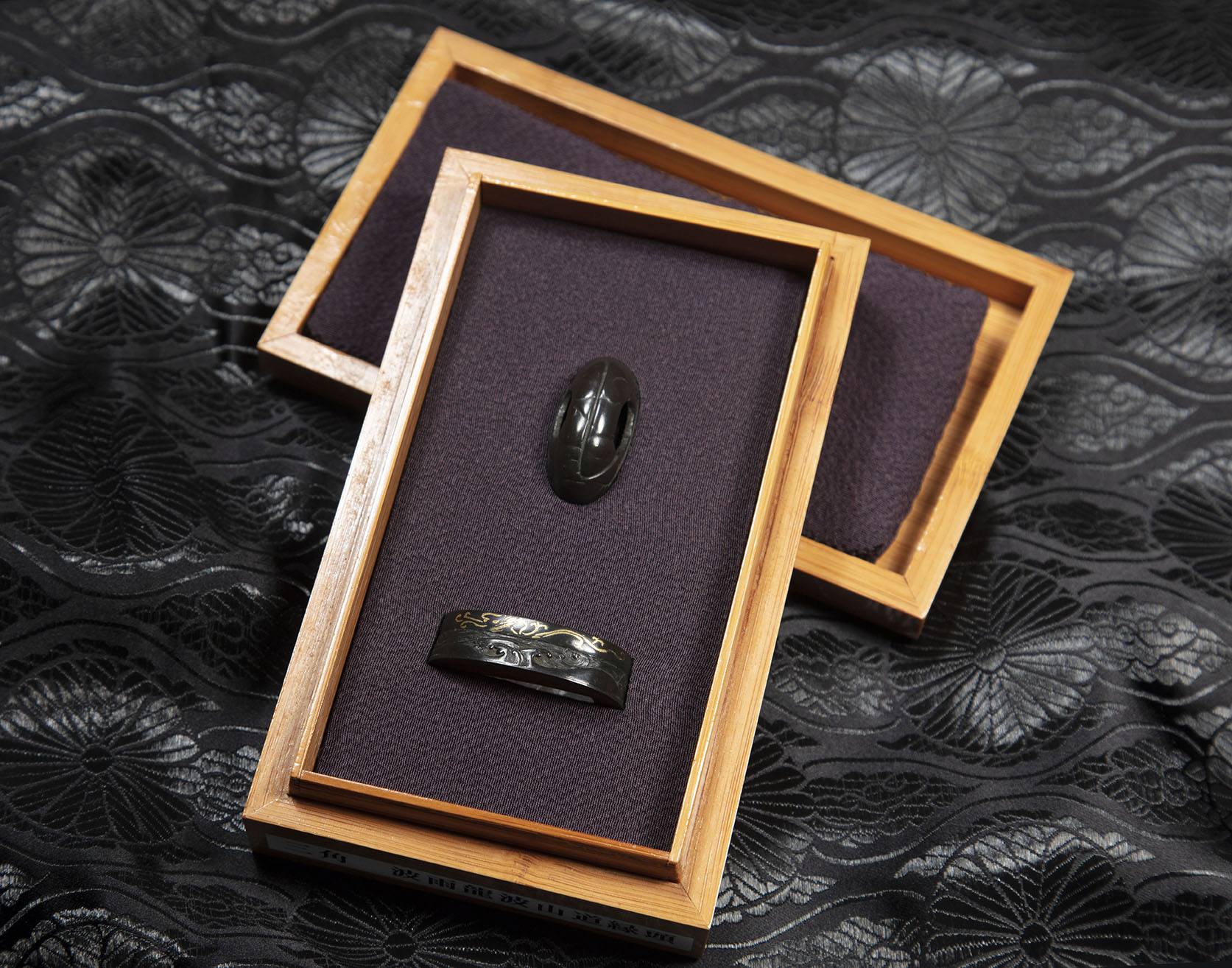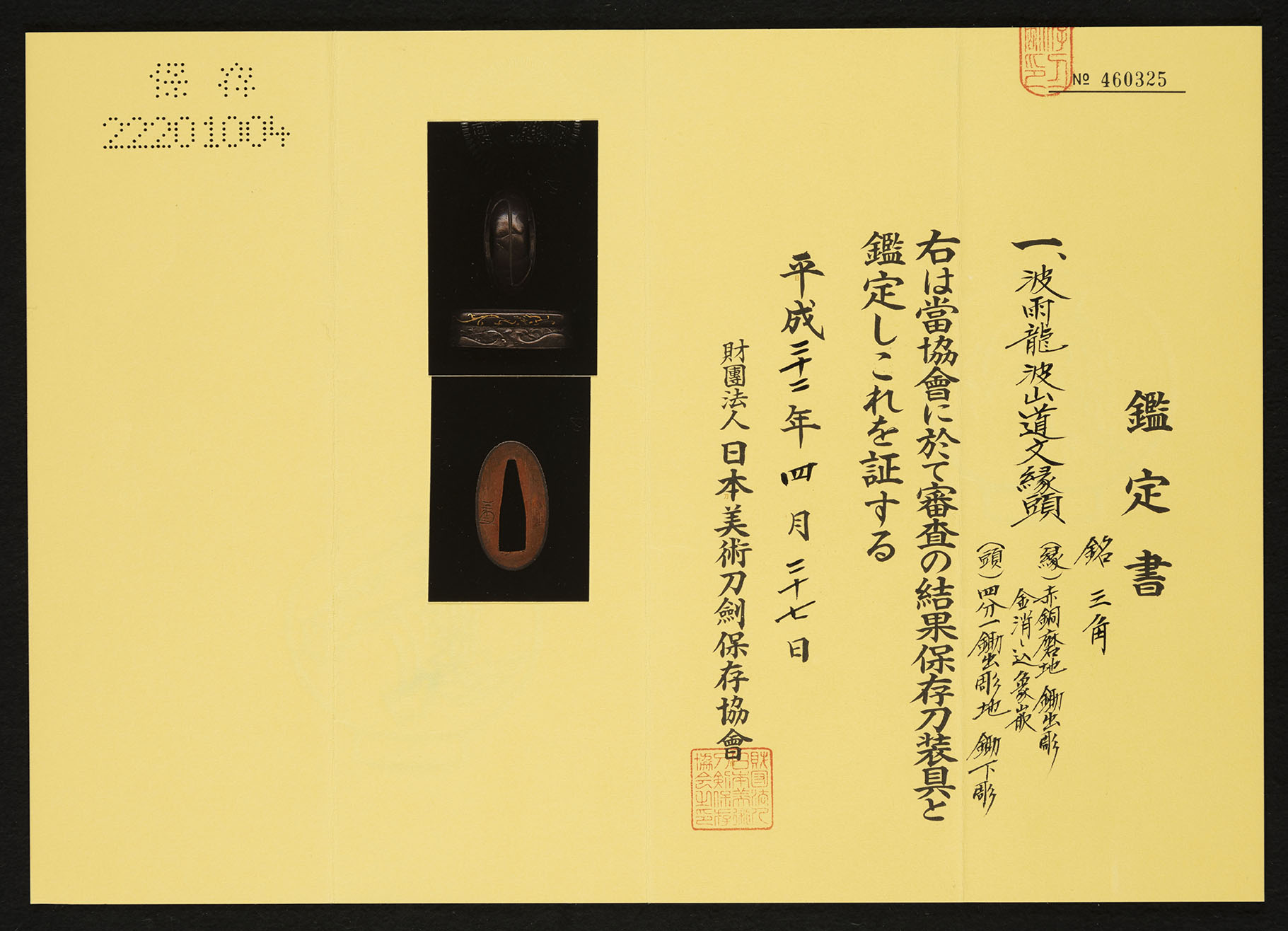Rare Signed set of Higo Fuchigashira
by Misumi Koji (Masaharu)
Misumi Koji is a bit of an enigmatic character. Not a great deal of information exists about him, his background, or his lineage. What is known is that the Misumi family was not associated with the Hosokawa Daimyo of Higo, but rather are shown as a retainers of the Matsui clan who were the head of chief retainers for the Hosokawa.
Higo Province was ruled by the Hosokawa Clan in Kumamoto, and while the Shogunate had imposed a policy of “One castle per domain” ruling, the Hosokawa were allowed maintain two as part of a defensive strategy. The Shogunate perceived the Shimazu in Satsuma, foreign visitors, and religious (Christian) figures which both typically entered Japan through Kyushu, as threats significant enough to bless the Hosokawa with an allowance of two castles. The Hosokawa were also exceedingly powerful in terms of economic power and wealth, as Higo was one of the top producers of rice for the nation, which influenced the Shogunate to mollify and better to keep them as allies rather than opposition. With this two-castle policy, the Hosokawa also ruled their second castle, originally called Mugishima, through the Kato family. When Mugishima castle was destroyed in an earthquake in 1619, it was rebuilt as Yatsushiro (also nicknamed Shirasagi or “White Heron” for it’s white limestone walls), and control of it granted to the Matsui family. It was here that records show the Misumi family as retainers of the Matsui clan.
It is surmised that all extant Misumi works originated from the Matsui possessions, and this would make them effectively the private “in-house” makers of sword fittings for their Matsui lords. Examples of Misumi works are exceedingly rare, but varied examples of fuchigashira, menuki, and tsuba exist. All examples of Misumi works are attributed to Masaharu (aka: Koji) although records show other individuals from the Misumi family name Kojun and Denzo. Since there is so little information about the Misumi lineage, and the only conventional signature found in Misumi works is simply “Misumi”, it is difficult to catagorically attribute works to separate individuals. An interesting element of Misumi works, and a kantei point to him as maker is his usage of a triangular neashi (post) on menuki, or the incision of a triangle inside items like kojiri. The literal translation of the kanji in “Misumi” is “triangle”, thus the usage of a triangular post would seem to be a tongue-in-cheek signature element.
Signed works are much rarer still than extant unsigned. The fuchi of this set bears the stylized two kanji of Misumi on its tenjogane. I have previously owned a set of fuchi kashira by Misumi, but it was unsigned. This is the first signed set I have had the opportunity to see in hand.
The set displays the traits of Higo style in a funagata (boat shaped) kashira in shakudo with sculpted waves in softened form that look worn from time. Interestingly enough, Higo fittings can often exhibit remnants of black or brown lacquer on and in their details. Higo koshirae also often display tsukamaki in leather or linen that has been lacquered to resemble leather or other textures, and their samegawa are also frequently lacquered in black or brown. It is thought this was not only a matter of style, but also a functional application for weather resistance. The kashira of this piece shows traces of old lacquer in the carving.
The fuchi is also of shakudo with waves carved into the lower half of the fuchi band with a stylized dragon in gold hirazogan flying above.
- Fuchi measures: 3.8 cm x 2.15 cm
- Kashira measures: 3.1 cm x 1.55 cm
This set comes in a very classy box made of laminated bamboo. It is quite lovely and shows a couple of red seals inside the lid from previous ownership. The set hold an NBTHK Hozon Tosogu paper certifying its condition and authenticity.
This is a very special opportunity to own a rare example of Misumi Koji’s work, and as a signed set, rarer still. It would certainly contribute a very special facet to any fittings collection.
